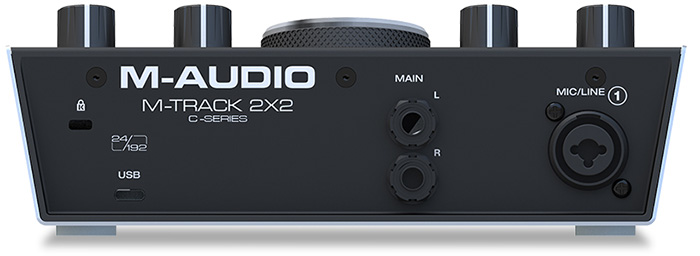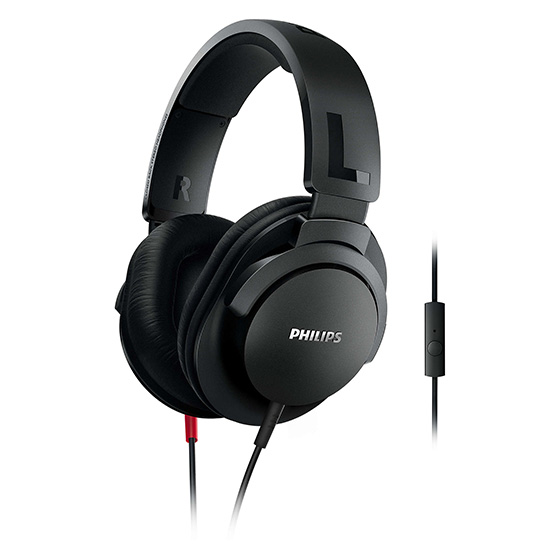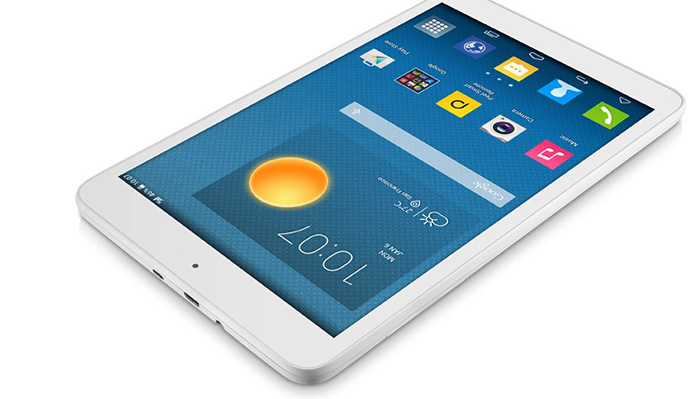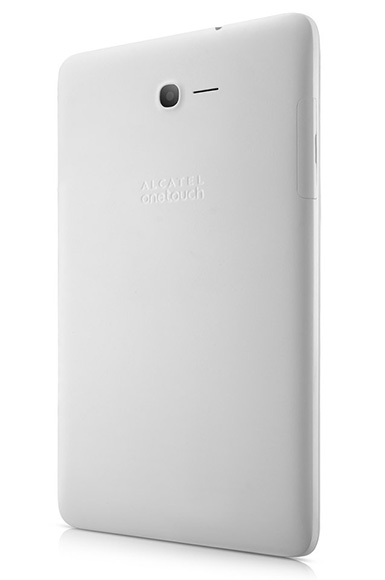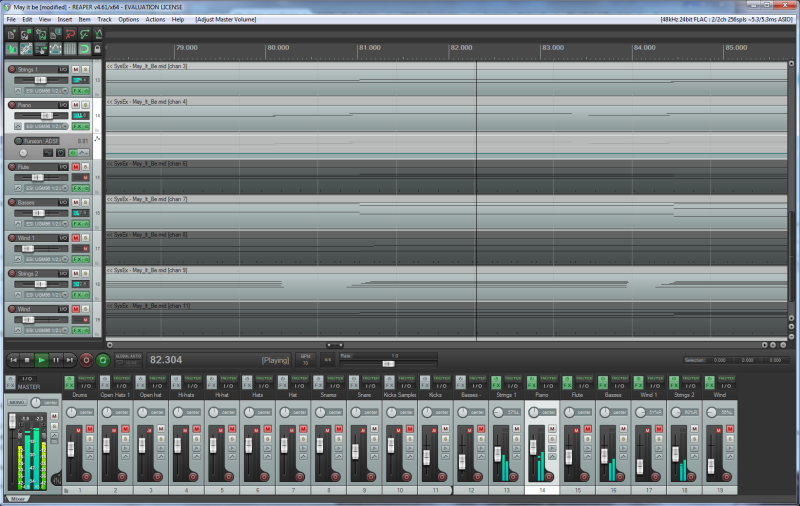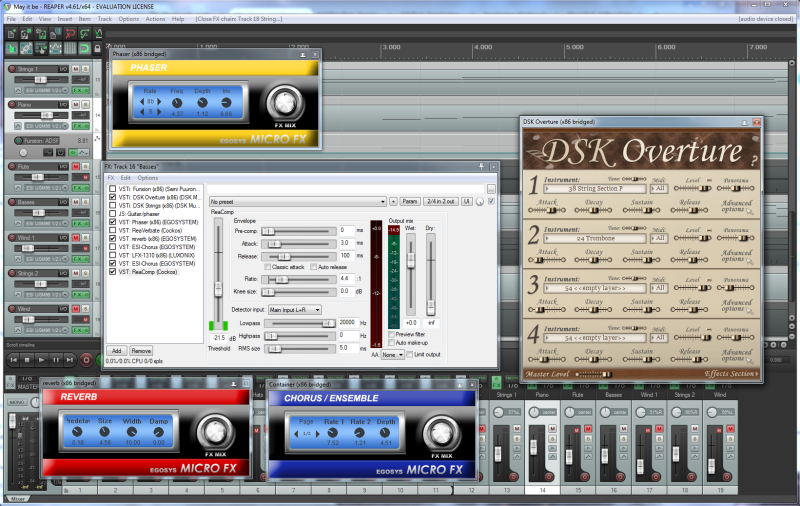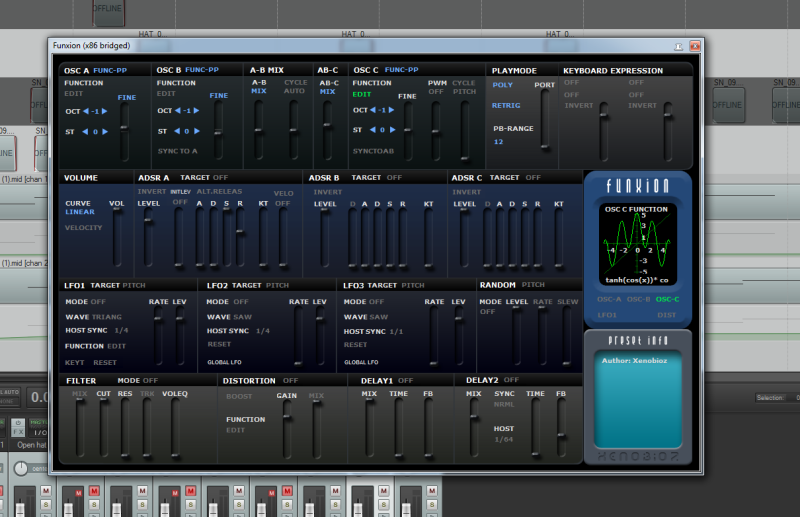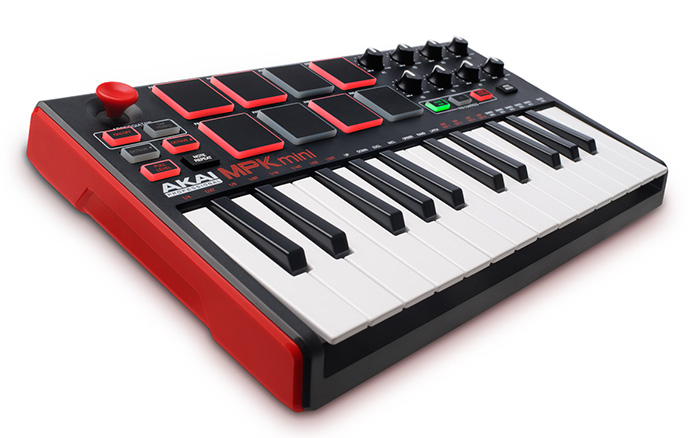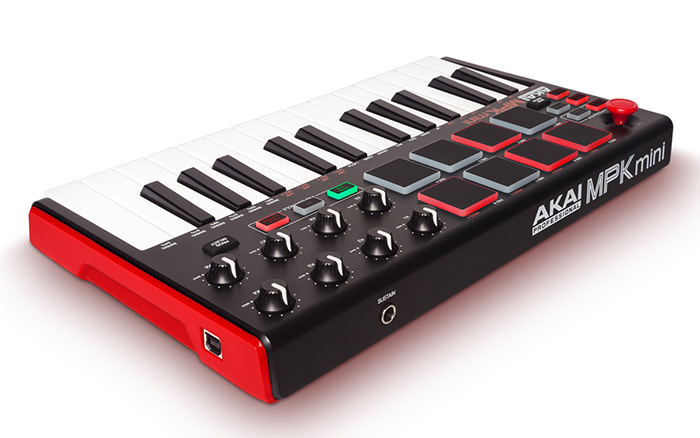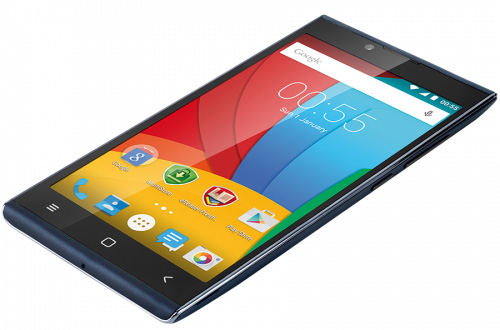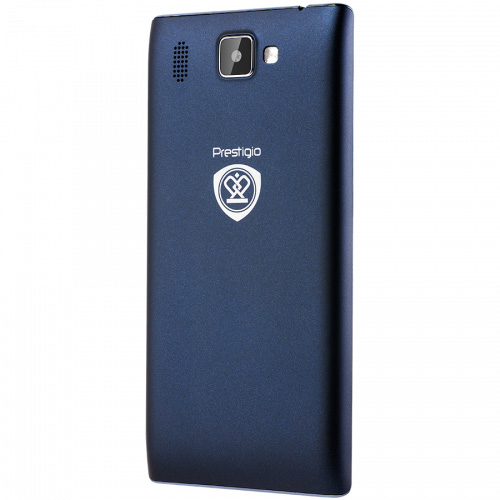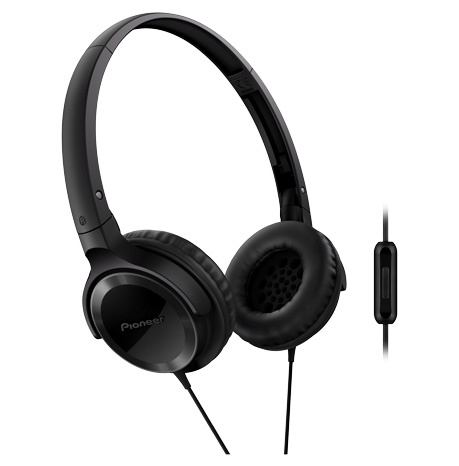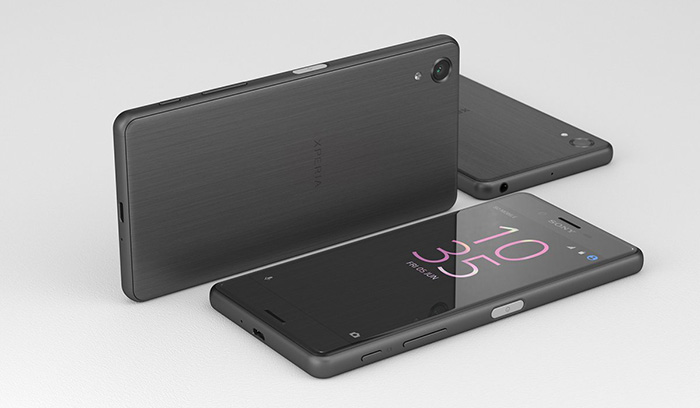
Among top-level smartphones there is a new device : Sony Xperia X with 5″ curved TRILUMINOS multitouch screen with Full HD 1080p resolution and 23 MP camera. In it following are built in : 4-cores processor Qualcomm Snapdragon 820, 3 GB of RAM, 32 GB of on-board memory with ability to extend via Micro SD flash cards with 200 GB max capacity and 2 Nano SIM cards slots. It supports 2G ( GSM 900, 1800 and 1900 ), 3G and 4G LTE+LTE-A Cat. 9 networks; GLONASS and GPS+A-GPS satellite navigation; and in it orientation and acceleration sensor and fingerprints scanner are built in.
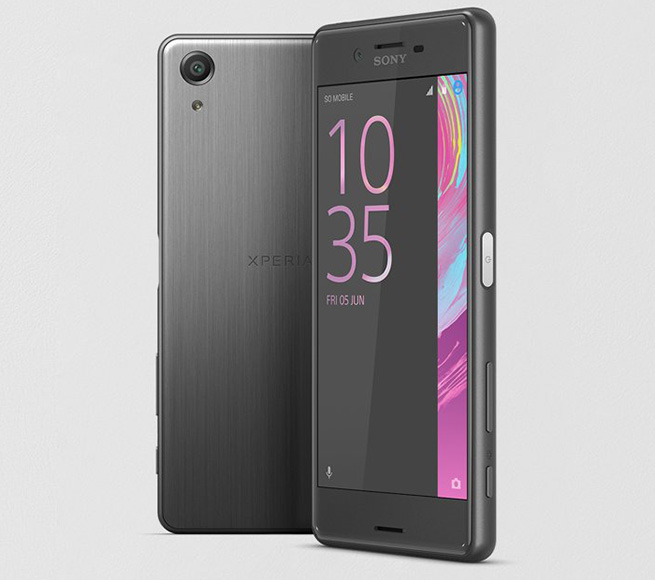
In Sony Xperia X Performance two very good for smartphones cameras are placed : 23 MP main one ( with 1/2.3″ Exmor RS sensor, autofocusing and image stabilization and 24 mm G Lens F2.0 with f/2 diaphragm ) and 13 MP frontal one ( with 1/3″ Exmor RS sensor, image stabilization and 22 mm lens with f/2 aperture ). It supports wireless Wi-Fi Miracast, Bluetooth 4.2 and NFC connections for remote data transfers and communications with other devices. On its external panels following are placed : Micro USB port for connection to computer, external devices plugging in and battery charging, 1/8″ mini jack headsets and headphones connector, stereo microphone and speaker, as well as power and volume control buttons. Battery charge is 2700 mAh – this is an average value for smartphones; device sizes are 70.4 ( width ) x 143.7 ( height ) x 8.7 ( depth ) mm and mass is 165 g; its body is made from metal.
Package contains : Sony Xperia X Performance smartphone itself, USB cable, recharger, headset, warranty card and user’s guide. Smartphone is of top-level, it has according functions and price, I personally would not buy such device and would buy instead optimal Windows or Android smartphone + tablet PC + good camera with interchangeable lenses and for smaller sum; but if somebody needs exactly top-level smartphone, then this one quite fits this role.

